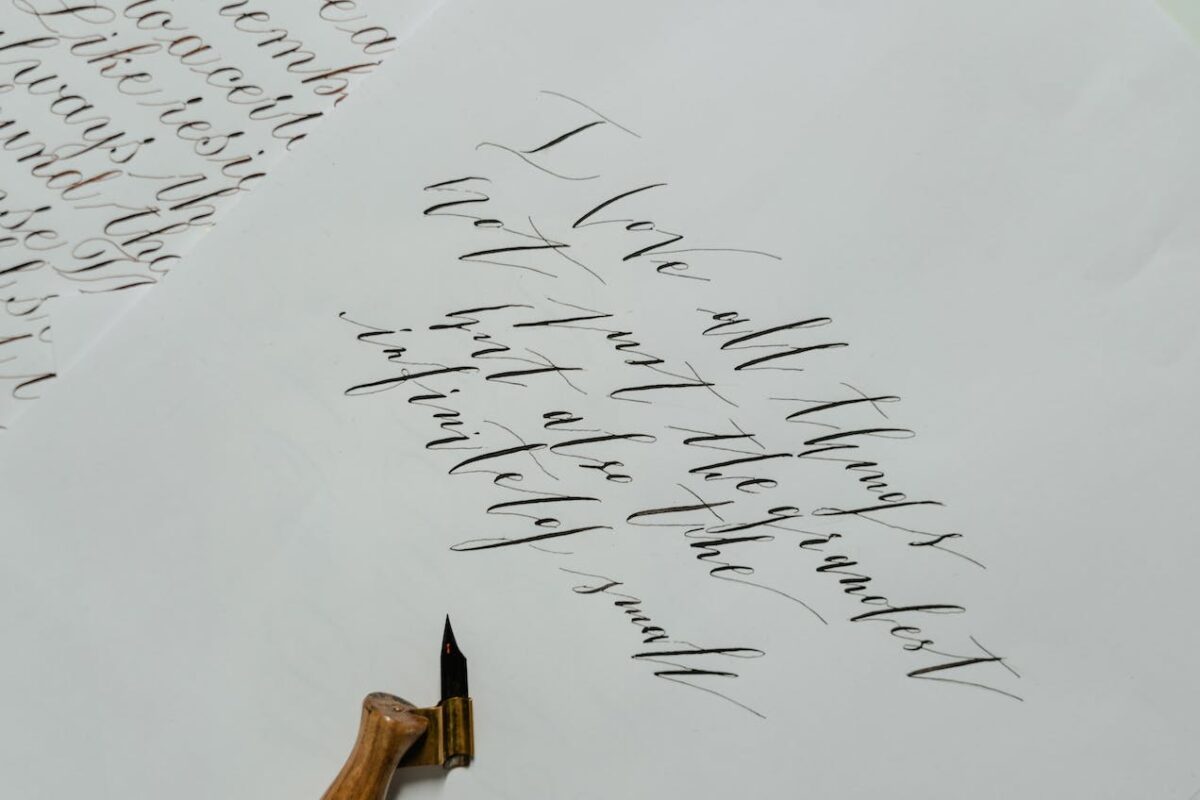Georgia Font vs Times New Roman
When it comes to choosing a font for your written content, the decision can have a significant impact on how your message is perceived. In the world of typography, two popular choices often come to mind: Georgia and Times New Roman. As an experienced writer, I’ve had my fair share of encounters with both fonts, and in this article, I’ll delve into the debate of Georgia font vs Times New Roman.
Let’s start by examining the Georgia font. Developed in the early 1990s by Matthew Carter, Georgia is a serif font known for its elegance and readability. Its rounded letterforms and generous spacing make it a popular choice for both print and digital media. On the other hand, Times New Roman, created in 1931 by Stanley Morison, is a classic serif font that has stood the test of time.
History of Georgia Font and Times New Roman
The Creation of Georgia Font
Georgia font, created by Matthew Carter, was first introduced in 1996 as part of the Microsoft font collection. It was specifically designed to optimize legibility on computer screens, making it a popular choice for online reading. The inspiration for Georgia’s design came from the elegant and high-contrast typefaces of the late 18th and early 19th centuries.
To ensure maximum readability, Georgia features a larger x-height, which refers to the height of lowercase letters relative to uppercase letters. This larger x-height allows for more space within the letters, making them more distinct and easier to read. The wide letterforms in Georgia also contribute to its readability, as they provide sufficient spacing between characters.
The Creation of Times New Roman
Times New Roman, a classic serif font, was created by Stanley Morison and Victor Lardent in 1931. It gained popularity in the print industry and has since become one of the most widely used fonts for books, newspapers, and other printed materials. Times New Roman was designed to provide a professional and authoritative appearance, making it suitable for formal documents and academic publications.
The design of Times New Roman is characterized by its narrow letterforms and moderate x-height. The spacing between the characters is carefully balanced, allowing for optimal legibility. The serifs, small decorative flourishes at the ends of the strokes in each letter, contribute to the font’s refined and traditional look.

Characteristics of Georgia Font and Times New Roman
When comparing the characteristics of the Georgia font and Times New Roman, it’s important to consider their differences in terms of Serif vs Sans Serif, Legibility and Readability, as well as their Typeface Variations and Styles.
Serif vs Sans Serif
One of the primary distinctions between Georgia and Times New Roman is their Serif vs Sans Serif categorization. Georgia falls under the serif font category, characterized by the small decorative lines or strokes (serifs) attached to the ends of the letterforms. On the other hand, Times New Roman is a classic serif font known for its neat and professional appearance.
Legibility and Readability
Another factor to consider is the legibility and readability of both fonts. Georgia, with its larger x-height and wider letterforms, offers enhanced legibility, particularly in digital contexts such as websites and e-books. Its elegant proportions enhance the reading experience, making it a popular choice for long-form content on screens.
Conversely, Times New Roman offers excellent legibility in print materials such as books and newspapers. Its clean and well-defined serifs contribute to easy reading, even when the font size is small. While not as commonly used on digital screens, Times New Roman still maintains a strong presence as a trusted and reliable choice for printed materials.
Conclusion
As we delve into the history of Georgia and Times New Roman fonts, we can appreciate the thought and effort put into their design. While Georgia is renowned for its readability on digital platforms, Times New Roman continues to dominate in the world of print. The larger x-height and wider letterforms of Georgia make it ideal for online reading, while the narrow letterforms and moderate x-height of Times New Roman give it a professional and authoritative appearance in print.

